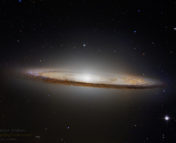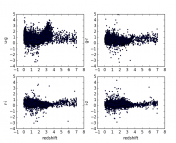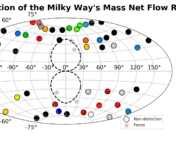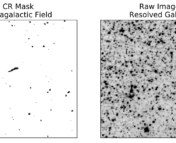The Undergraduate Research series is where we feature the research that you’re doing. If you are an undergraduate that took part in an REU or similar astro research project and would like to share this on Astrobites, please check out our submission page for more details. We would also love to hear about your more general research experience!
Delondrae Carter
Arizona State University
Delondrae Carter is an undergraduate studying Astrophysics at Arizona State University. He completed this research as an intern for the Space Telescope Science Institute’s Summer Astronomy Program (SASP) under the supervision of Dr. Tyler Desjardins. He has presented these results at the virtual AAS conference in January, 2021.
Charge transfer efficiency, or “CTE” for short, refers to the percentage of electrons that can be transferred from one pixel to an adjacent pixel on a telescope’s camera. Because CTE is not 100% efficient, objects in uncalibrated images appear to have tails of light trailing off of them. A mathematical algorithm is typically applied to uncalibrated images to produce CTE-corrected images.
The goal of my project was to precisely and accurately measure the effect CTE correction has on polarimetric measurements. Although it has widely been qualitatively understood that the effect of CTE correction on polarimetric data should be small, no quantitative measurements have ever been studied in the literature. To carry out such a measurement, I worked extensively with polarimetric equations to define a grid of polarimetric input values to feed to an algorithm capable of simulating images containing stars with the same polarimetric values as the inputs for each of the three polarizing filters of the Advanced Camera for Surveys (ACS) instrument aboard Hubble. The purpose of defining a grid of polarimetric inputs as opposed to using a single group of values was to enable the analysis of polarimetric measurements across multiple variables, such as star brightness. The image simulation algorithm produced sets of FLT (non-CTE corrected) and FLC (CTE corrected) images. I then performed photometry on the stars in the simulated images to measure their brightnesses, and then used these measurements to back out the output polarimetric properties of the stars. By comparing polarimetric input values to polarimetric output values, I was able to—for the first time—demonstrate quantitatively that polarimetry of point sources (stars) is not significantly affected by CTE correction (Figure 1). This means that ACS users can be confident in their polarization measurements while using CTE corrected data.
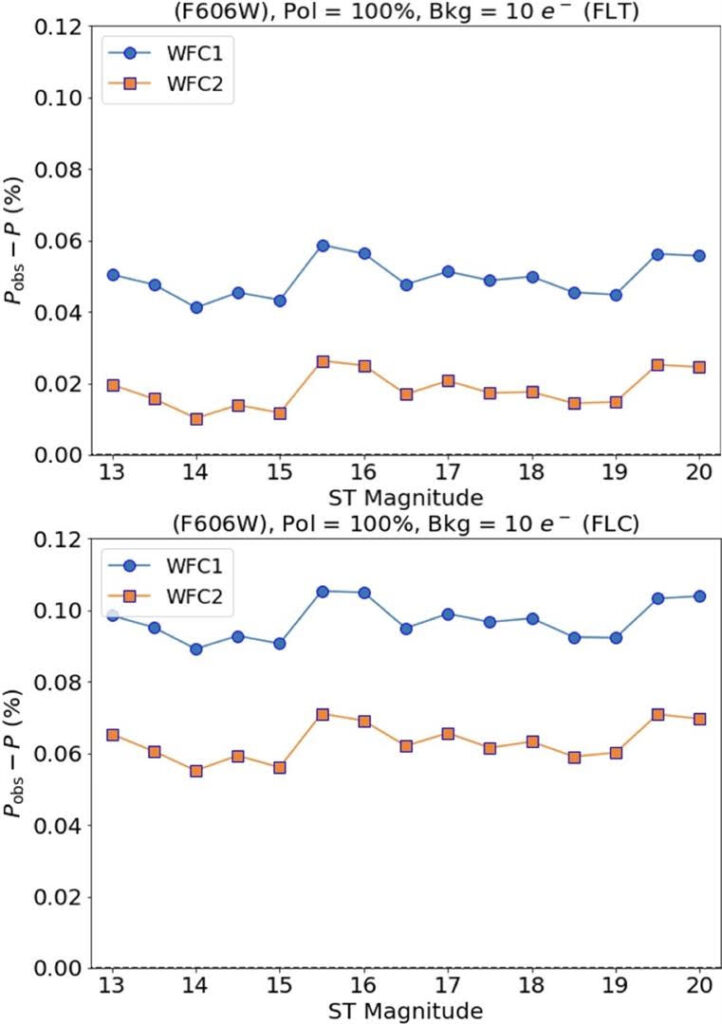
Astrobite edited by: Jamie Sullivan

